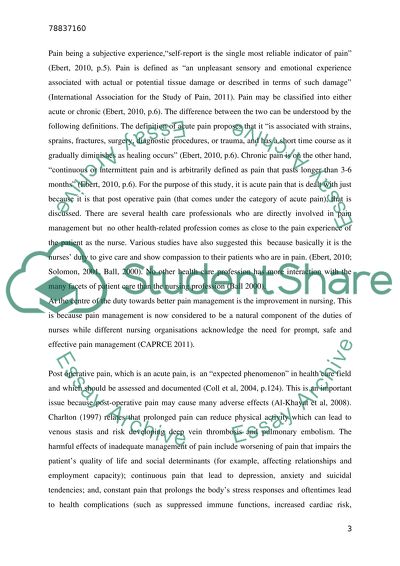Cite this document
(“Postoperative pain in Petients in a Kuwait hospital: a study of how Essay”, n.d.)
Retrieved from https://studentshare.org/nursing/1398461-pain
Retrieved from https://studentshare.org/nursing/1398461-pain
(Postoperative Pain in Petients in a Kuwait Hospital: A Study of How Essay)
https://studentshare.org/nursing/1398461-pain.
https://studentshare.org/nursing/1398461-pain.
“Postoperative Pain in Petients in a Kuwait Hospital: A Study of How Essay”, n.d. https://studentshare.org/nursing/1398461-pain.


